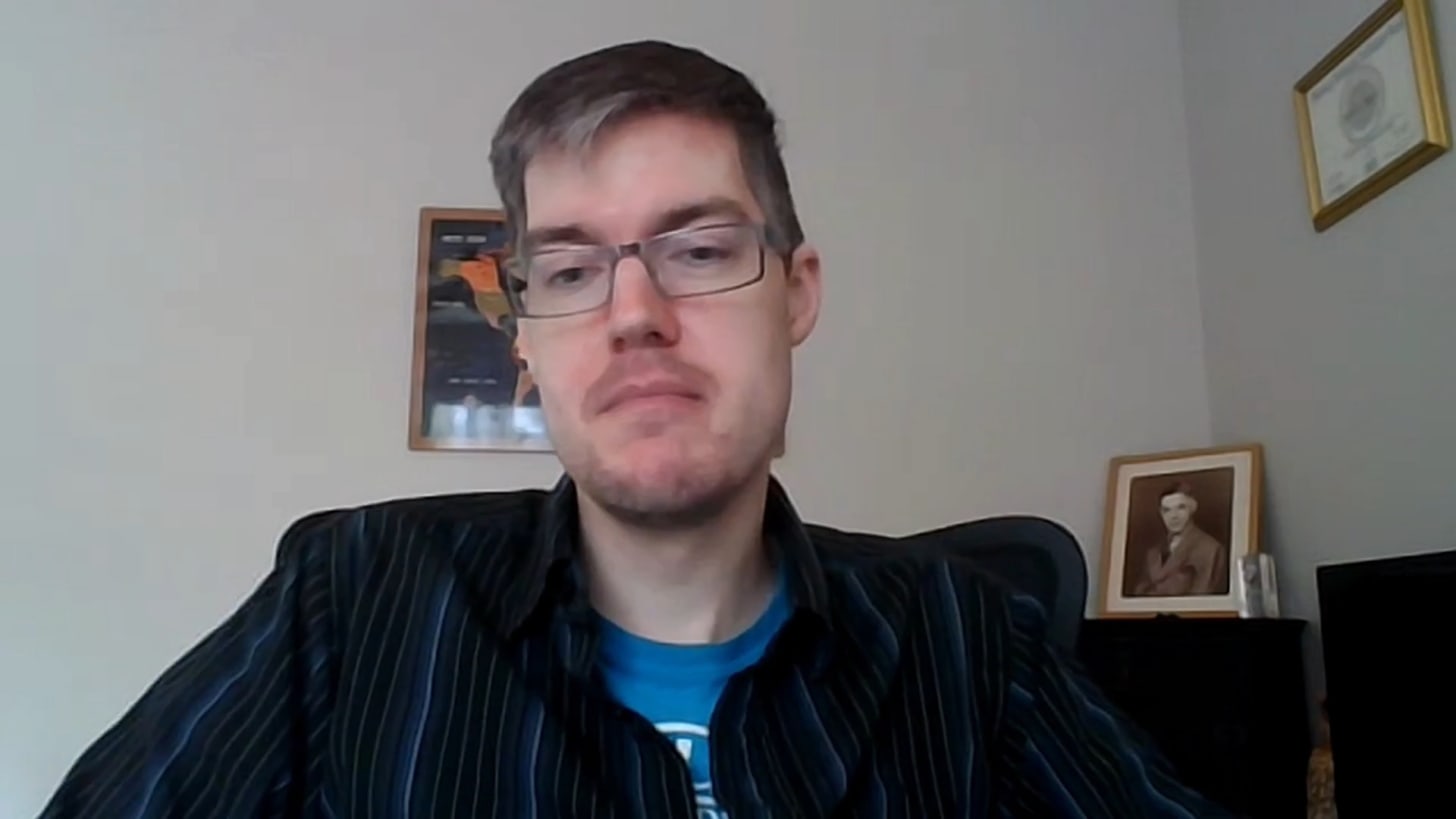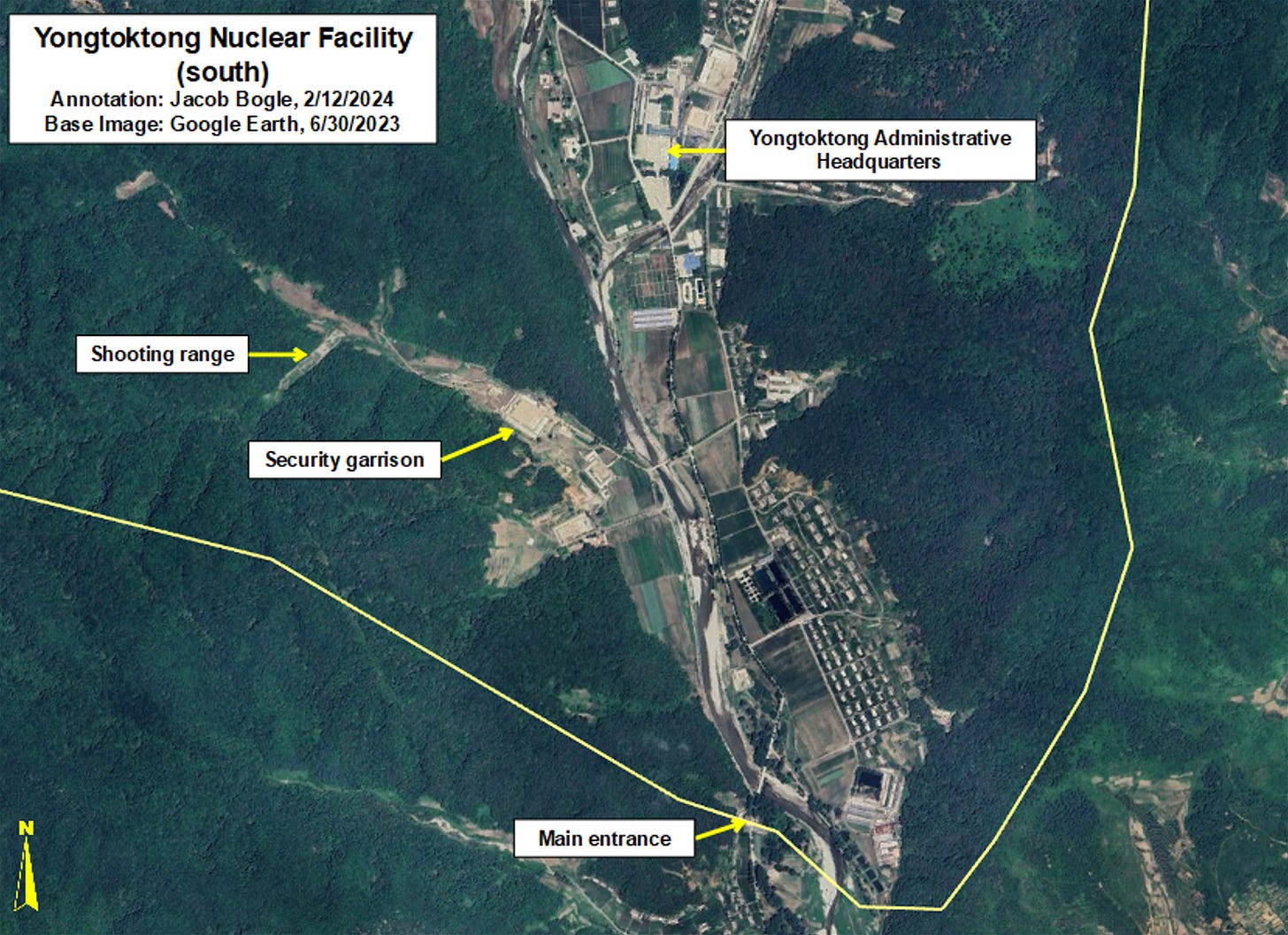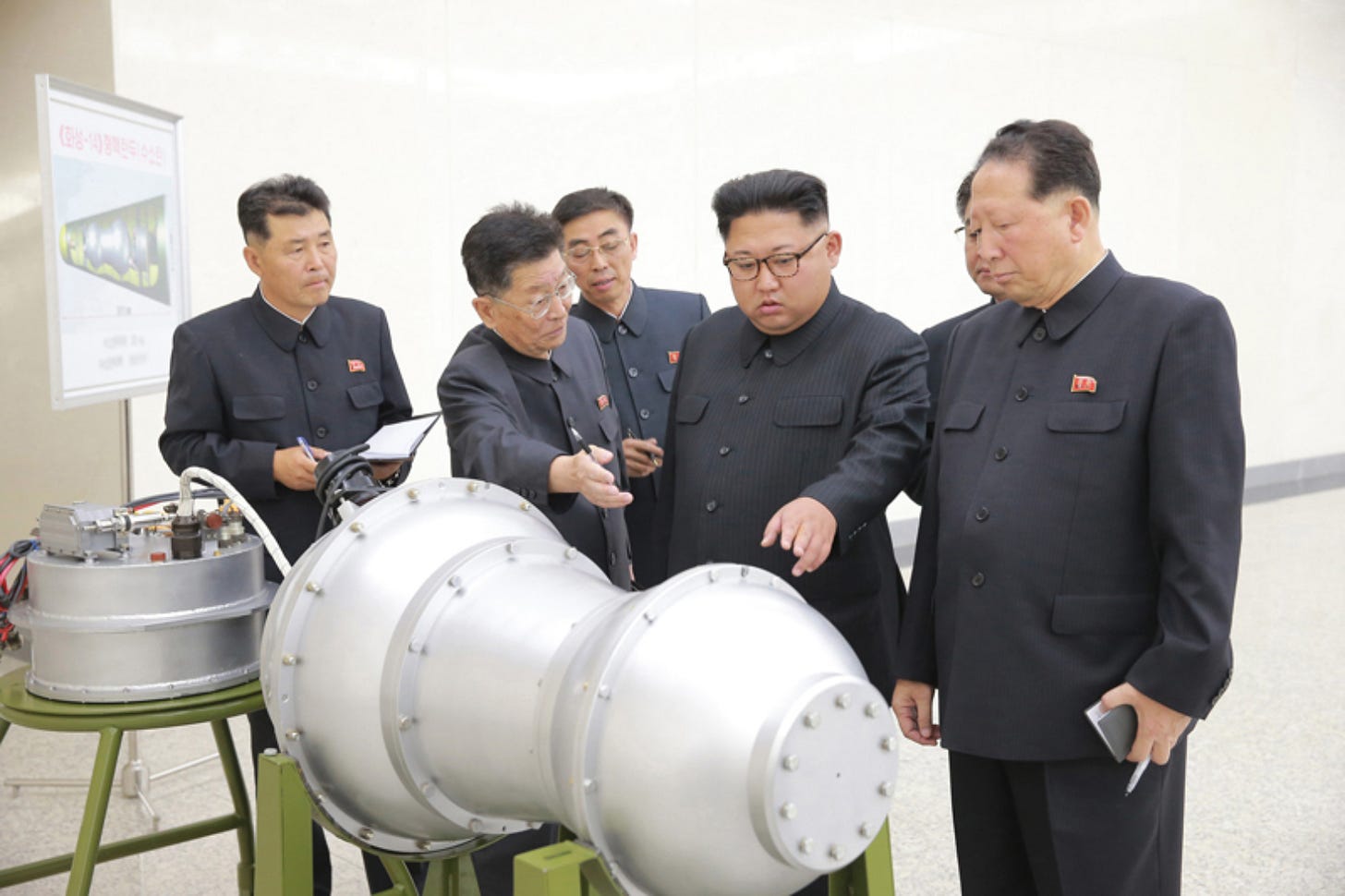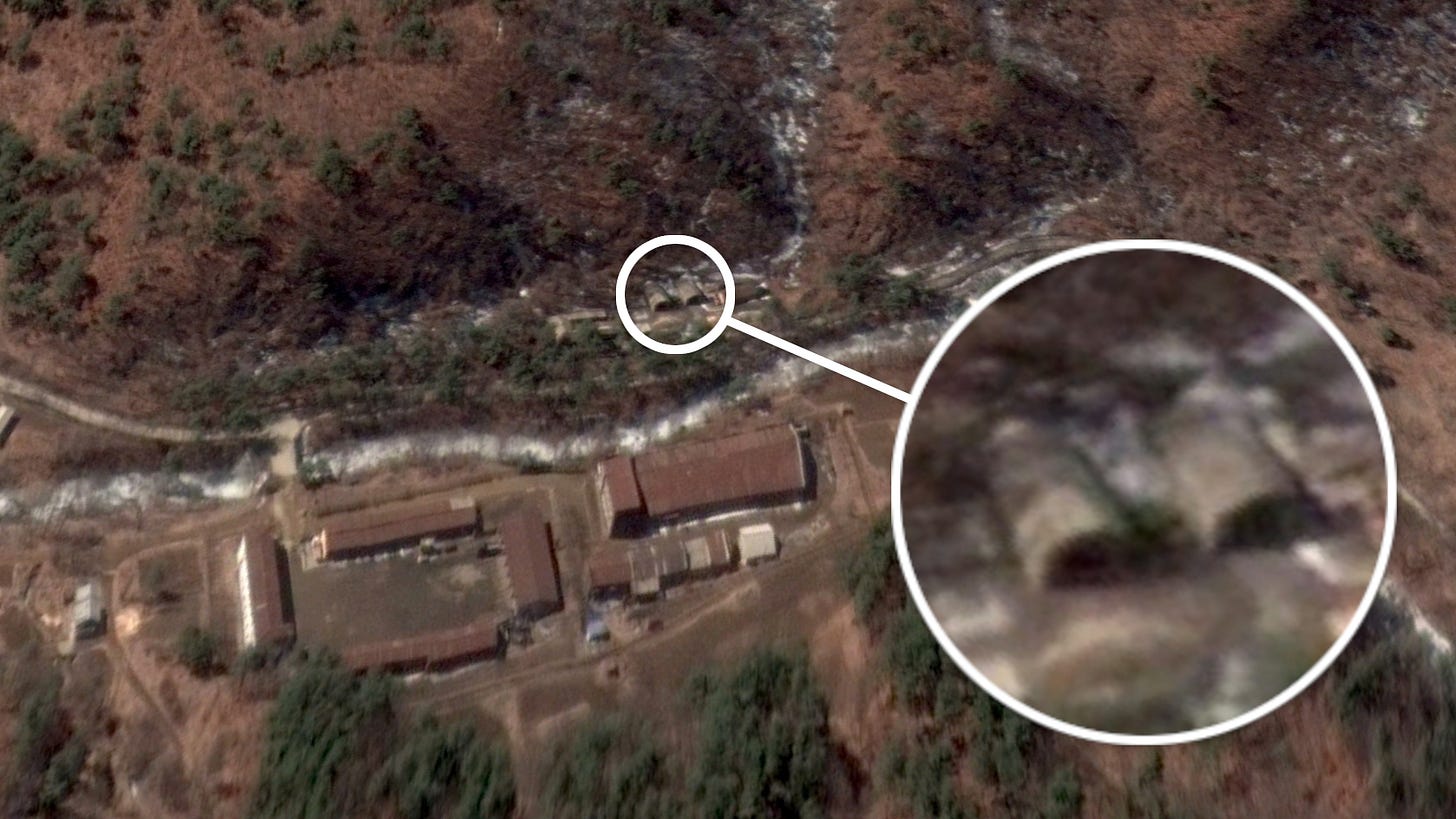
IT’S the one place in North Korea that Kim Jong-un wishes the outside world didn’t know about, but the dark heart of his nuclear arsenal has been identified.
Yongdoktong is where the regime assembles and stores its nukes, ready for an apocalyptic final showdown with its enemies in the free world.
And though its official purpose has never been verified, North Korea expert Jacob Bogle said it’s an “open secret” among those in the know.
He said: “It started out as North Korea's high explosive testing facility.
“That’s where they test and manufacture the explosive lenses that wrap around the core of a nuclear weapon, explode and start the chain reaction.
“They haven't done those tests since the 1990s. It has since evolved into an assembly and storage area where they finalise putting the weapons together and storing them.”
North Korea has roughly 30 nuclear warheads and the fissile material for as many as 70, according to the Arms Control Association.
It seems likely that the weapons themselves are stored underground, and at least two subterranean facilities have been spotted at Yongdoktong
Though the regime has tried to hide them, Mr Bogle – who has built a comprehensive map of North Korea from satellite images – said the facilities could be seen from space.
He said: “It's very hard to hide when you're building an underground facility, there's a lot of spoils that come out.
“With some of them, there's just small mountains of rock hanging out near the entrance.
“There are at least two underground facilities there, and from what we can tell – you know, piles of debris and stuff on the outside – they're pretty big and they're well camouflaged.”
He continued: “Actually, in 2020, they built a 35-metre wide building in front of the tunnel entrances to try to obscure the activity going on there.


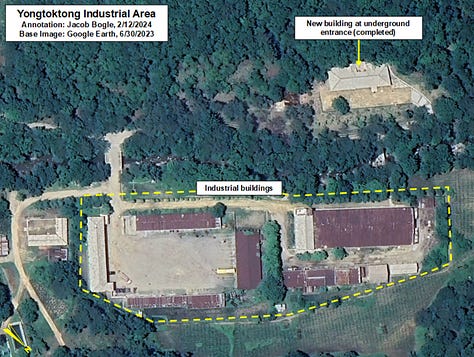
“Some of the primary buildings where the explosive lenses are manufactured have soil on top – grass and things growing, and it kind of blurs out the shape of the building, the size of them.
“That only works so far. In the winter when all the foliage is gone you can see everything really clearly.”

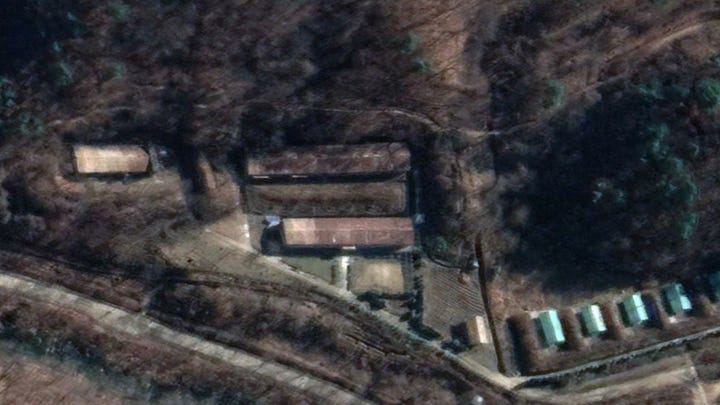
But if Yongdoktong is meant to avoid detection from the air, its fearsome array of defences leaves those on the ground little doubt that it’s a highly sensitive area.
“Access is completely cut off,” said Mr Bogle.
“So if you approach it, you have to leave the main road, and go to a road that's dedicated to Yongdoktong.
“There is a guard facility there at the entrance. The entire place is surrounded by a perimeter fence and watchtowers.
“There's even a military garrison there on premises to be security.
“And of course, the whole area is rimmed with short-range anti-aircraft defences, and there's also some surface-to-air missile batteries further out.
“And so, for the average person, there's no reason to be in the area unless you're trying to get there.
“This is the nuclear facility, and if you're not meant to be here, you're not going to be here very long.”
North Korea has already acknowledged its nuclear testing site at Punggye-ri, as well as the Yongbyon site which produces the fissile material for its bombs.
Yongdoktong has never been directly acknowledged by the regime, but the clues are there.
Mr Bogle said: “The explosive lenses are on the back end – one of the last things that you do, one of the last things that you put on a nuclear device to finish it.
“And so from that perspective it makes sense that this would be where they were assembling the nuclear weapons.
“North Korea has a very bad road network. You wouldn't want to be transporting these things across the country to another storage facility.
“The one underground site that we're specifically talking about is literally right across from a production area and it's maybe 100 metres or so.
“You know that just makes good logical sense.”
He added: “Even though its location is known and its purpose is fairly well known amongst analysts, it's not widely known outside of these circles.”
Learn more about Jacob’s work at www.jacobbogle.com/accessdprk.html






